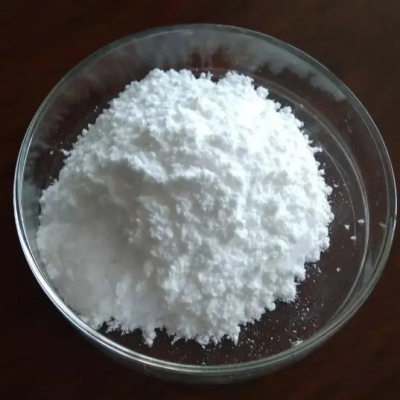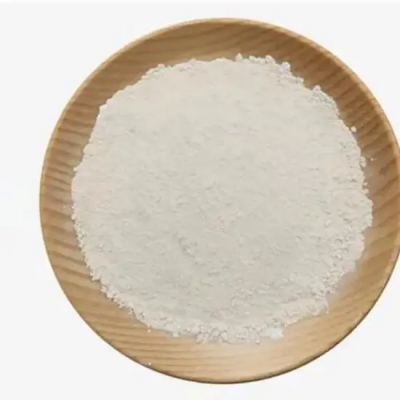N-Methylcarbonyl-2-chloroacetamidrazone CAS:155742-64-6
The structural identity of N-Methylcarbonyl-2-chloroacetamidrazone reveals several notable features: Amidrazone Group: This functional group (-C(=N-NH-CO-)-) confers unique chemical properties, including potential coordination with metal ions. Chloroacetamido Moiety: Derived from 2-chloroacetohydrazide, this moiety provides reactivity suitable for further synthetic modifications. N-Methylcarbonyl Substitution: Enhances the compound's stability and influences its solubility characteristics. Potential Isomerism: Depending on the reaction conditions, geometric isomerism may be observed, affecting the compound's properties and applications. Chemical Applications N-Methylcarbonyl-2-chloroacetamidrazone exhibits diverse chemical applications: Coordination Chemistry: Its ability to chelate metal ions like copper, nickel, and zinc is exploited in complex formation studies and catalytic processes. Organic Synthesis: Serves as a building block for the synthesis of heterocyclic compounds and other organic derivatives. Biological Activity: Preliminary studies suggest potential antimicrobial or antifungal properties, warranting further investigation into its pharmacological potential. Pharmacological Potential Research into the pharmacological properties of N-Methylcarbonyl-2-chloroacetamidrazone is ongoing: Antimicrobial Activity: Its structural features suggest possible applications as an antimicrobial agent against various pathogens. Metal Chelation Effects: Interaction with metal ions may influence biological activity, such as antioxidant or enzyme inhibition properties. Structure-Activity Relationships: Understanding how modifications affect its biological effects is critical for optimizing its pharmacological potential. Future Directions Future research directions for N-Methylcarbonyl-2-chloroacetamidrazone include: Biochemical Studies: Investigating its mechanism of action against microbial targets and exploring potential synergistic effects with existing antibiotics. Drug Development: Utilizing its metal chelation properties to design novel therapeutic agents for infectious diseases or other health conditions. Environmental Applications: Exploring its role in environmental remediation processes due to its metal-binding capabilities. Conclusion In conclusion, N-Methylcarbonyl-2-chloroacetamidrazone is a chemically intriguing compound with promising applications in coordination chemistry, organic synthesis, and potentially in pharmacology. Its versatile nature makes it a valuable tool in scientific research, from exploring metal-ligand interactions to developing new therapeutic strategies. Continued investigation into its properties and applications will likely uncover further uses in medicine, catalysis, and environmental sciences, contributing to advancements across multiple scientific disciplines.



| Composition | C4H8ClN3O2 |
| Assay | 99% |
| Appearance | white powder |
| CAS No. | 155742-64-6 |
| Packing | Small and bulk |
| Shelf Life | 2 years |
| Storage | Store in cool and dry area |
| Certification | ISO. |









